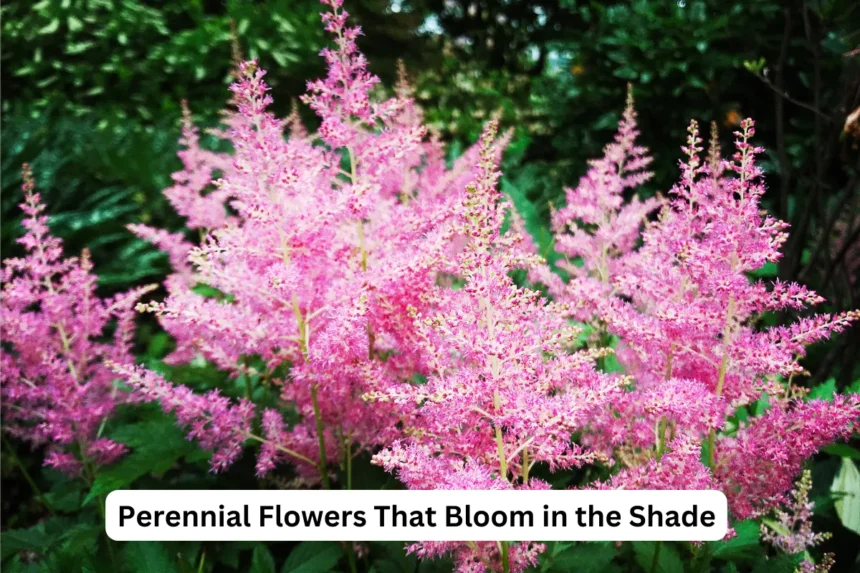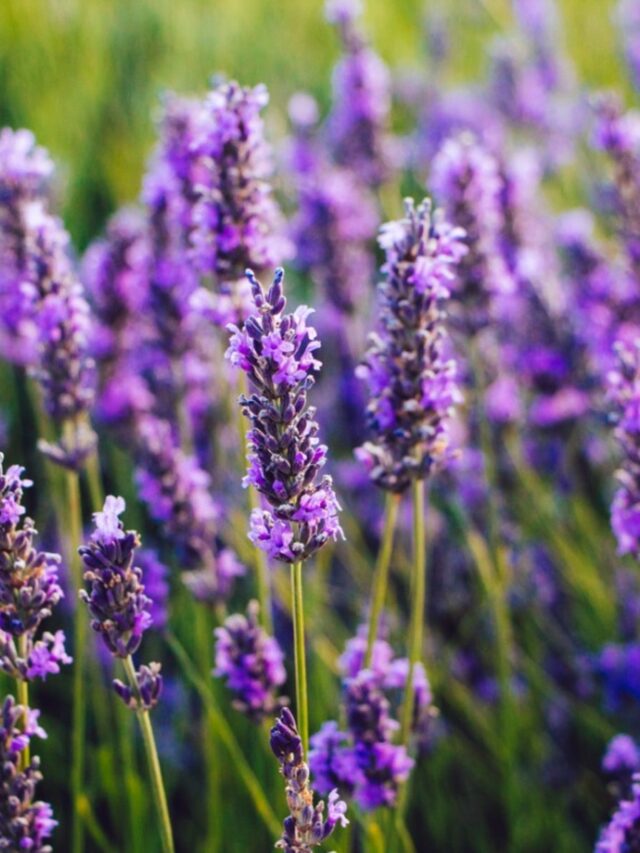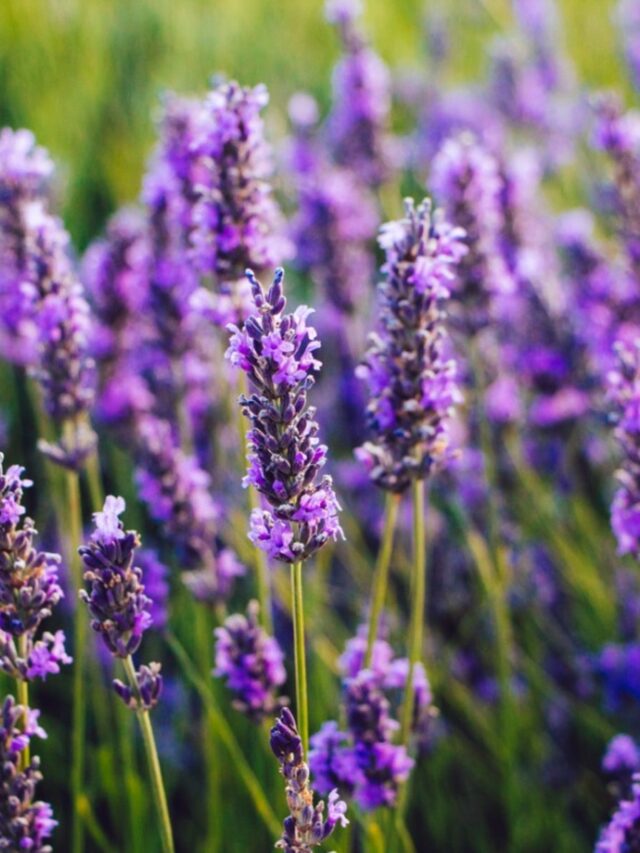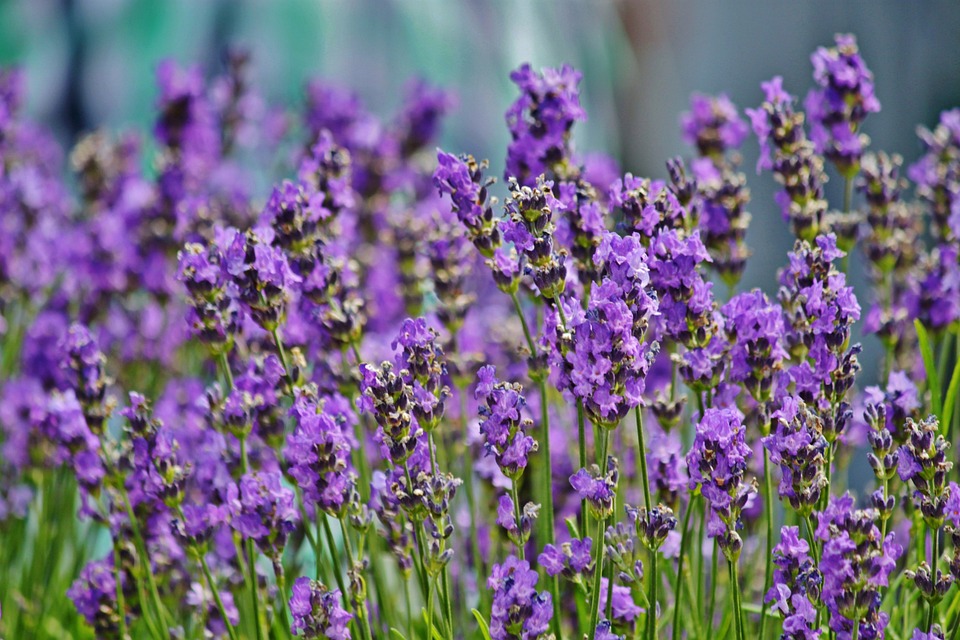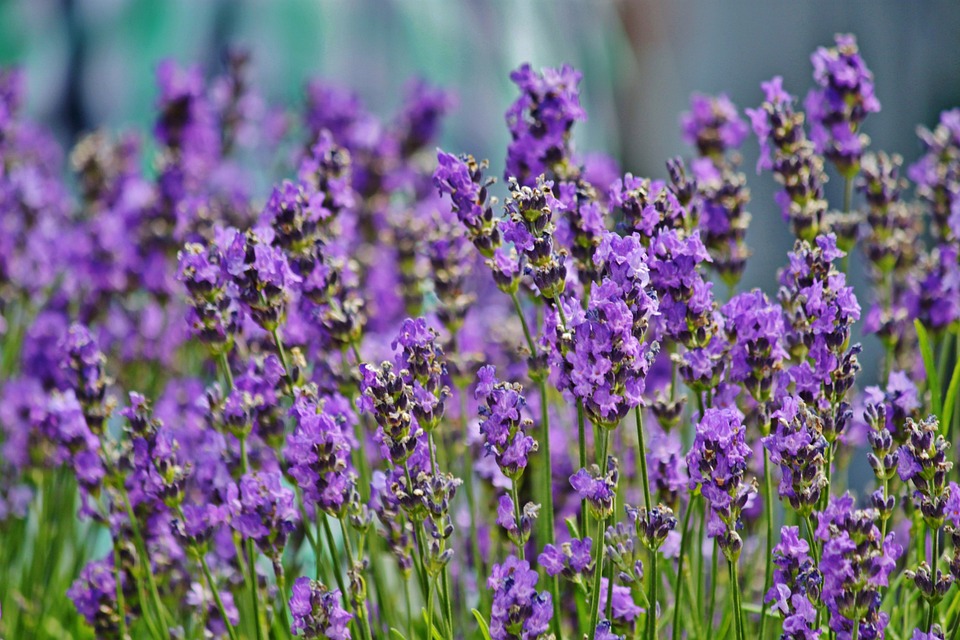Shade gardens often present a unique challenge to gardeners.
While sunlight is essential for many flowering plants, there exists a diverse array of perennials that thrive and bloom beautifully in shaded areas.
These plants not only add color and texture to darker corners of your garden but also offer an opportunity to create lush, cool retreats where traditional sun-loving flowers might struggle.
Whether you’re looking to enhance a woodland garden, create a tranquil oasis under trees, or simply add interest to a shady spot, selecting the right perennial flowers is key to achieving success.
Here’s a comprehensive guide to some of the best perennial flowers that bloom in the shade:
Hostas (Hosta spp.)
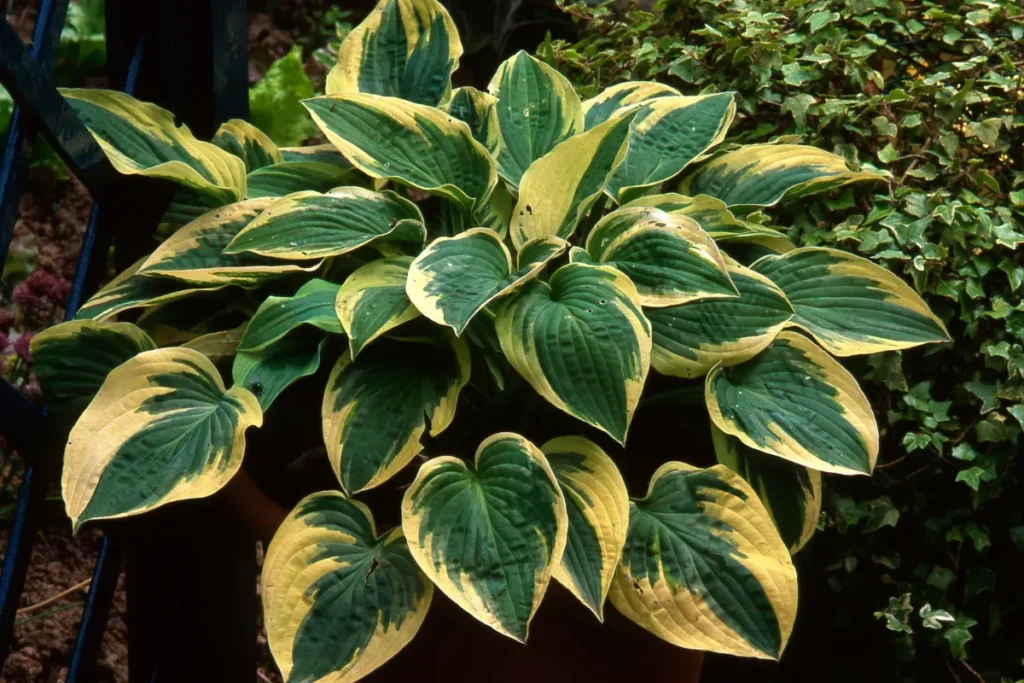
Hostas are renowned for their striking foliage, which comes in various shades of green, blue, and even variegated patterns.
While primarily known for their leaves, hostas also produce elegant spikes of flowers in summer, ranging from white to lavender.
They thrive in partial to full shade and prefer moist, well-drained soil.
With a vast selection of sizes and leaf shapes available, there’s a hosta variety suitable for every shade garden.
Astilbes (Astilbe spp.)

Astilbes are prized for their feathery plumes of flowers that rise above fern-like foliage.
These perennials prefer partial shade and consistently moist soil.
Flower colors include white, pink, red, and purple, offering a spectrum of choices to complement any garden color scheme.
Astilbes bloom in mid to late summer, adding a burst of color when many other shade plants have finished flowering.
Bleeding Heart (Dicentra spectabilis)

The bleeding heart is a classic shade garden favorite, admired for its unique heart-shaped flowers that dangle gracefully from arching stems.
These flowers typically appear in spring and early summer, showcasing shades of pink and white.
Bleeding hearts prefer partial to full shade and moist, well-drained soil.
They pair beautifully with ferns and hostas, creating a romantic and whimsical atmosphere in the garden.
Lungwort (Pulmonaria spp.)

Lungworts are valued for their attractive foliage, which often features silver mottling or variegation.
In addition to their leaves, lungwort plants produce clusters of funnel-shaped flowers in shades of pink, blue, or white.
They thrive in partial to full shade and prefer moist, humus-rich soil. Lungworts are early bloomers, providing much-needed color in the garden during early spring.
Foamflower (Tiarella spp.)
Foamflowers are named for their delicate, foam-like clusters of flowers that adorn low-growing mounds of foliage.
These perennials prefer partial to full shade and thrive in moist, well-drained soil.
Foamflowers bloom in spring and early summer, with flower colors ranging from white to pink.
Their foliage often features attractive patterns, adding visual interest even when not in bloom.
Japanese Forest Grass (Hakonechloa macra)
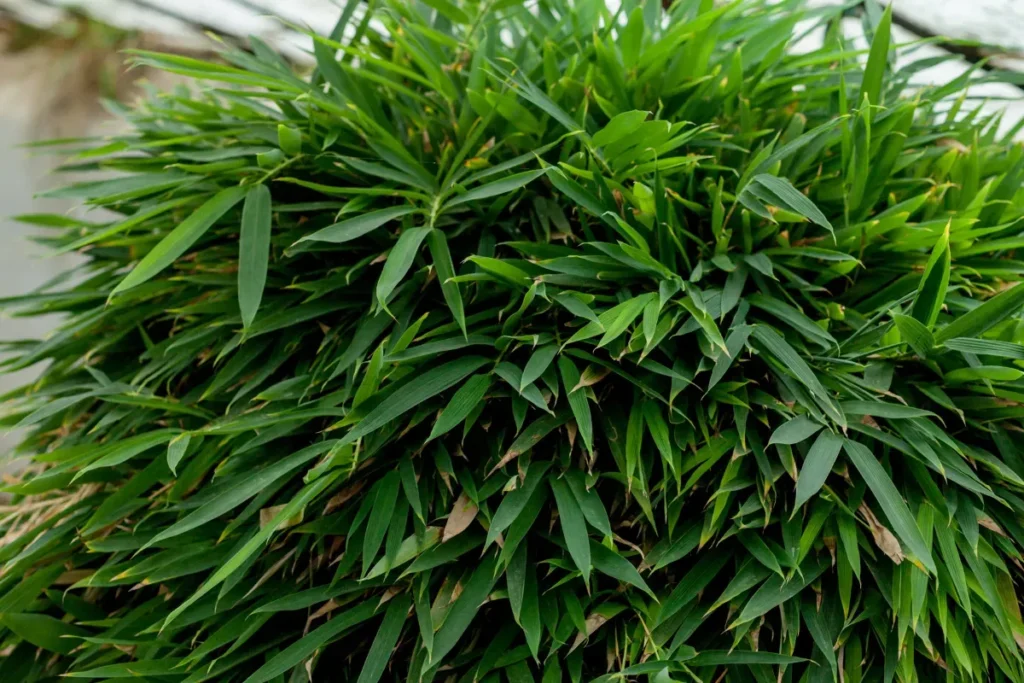
Known for its graceful, arching foliage, Japanese forest grass adds a touch of elegance to shaded areas.
This perennial grass prefers partial to full shade and moist, well-drained soil.
While it is primarily grown for its foliage, Japanese forest grass may produce delicate flowers in late summer.
Its golden or variegated leaves brighten up dark corners and complement flowering shade plants.
Coral Bells (Heuchera spp.)
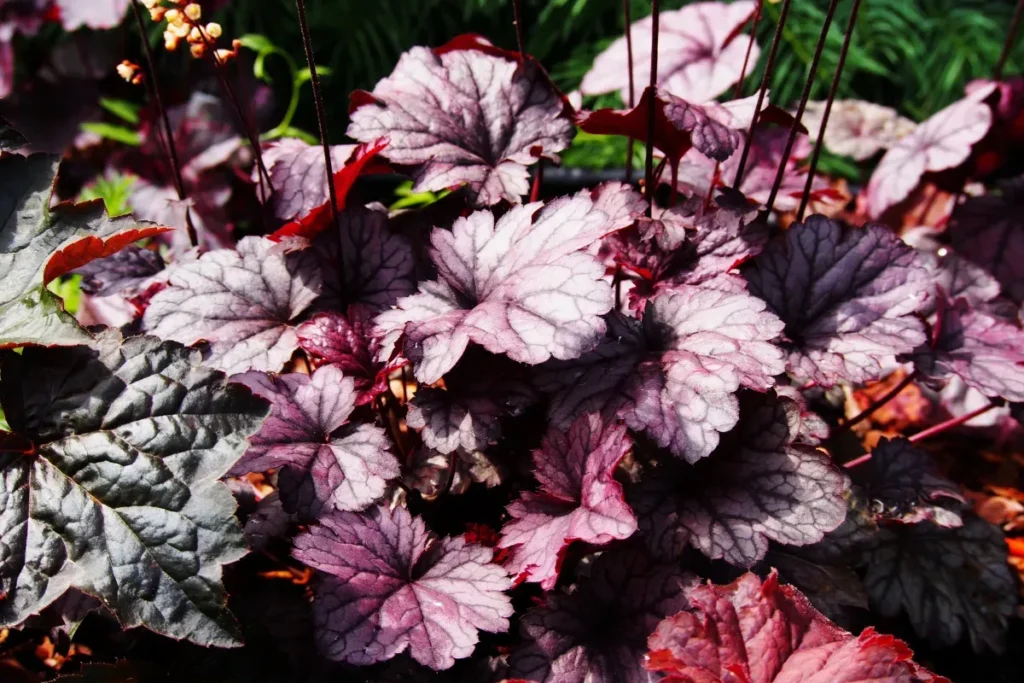
Coral bells are prized for their attractive foliage, which ranges from green to purple and often features striking veining or marbling.
In addition to their leaves, coral bells produce slender stalks of bell-shaped flowers in spring or early summer.
These perennials prefer partial shade and well-drained soil.
With a wide range of foliage colors and textures available, coral bells offer versatility in shade garden design.
Toad Lily (Tricyrtis spp.)

Toad lilies are known for their unique orchid-like flowers that appear in late summer and early fall.
These exotic-looking blooms feature speckled petals in shades of purple, white, or pink, often with a nodding habit.
Toad lilies prefer partial to full shade and moist, well-drained soil.
Their intriguing flowers add a touch of elegance and charm to shady garden beds, attracting interest from garden visitors and pollinators alike.
Jacob’s ladder is valued for its fern-like foliage and clusters of bell-shaped flowers that bloom in late spring to early summer.
Jacob’s Ladder (Polemonium spp.)

Flower colors range from blue to white, often with delicate veining.
This perennial prefers partial shade and moist, well-drained soil.
Jacob’s ladder adds vertical interest to shade gardens and combines well with other woodland plants like ferns and hostas.
Bergenia (Bergenia spp.)
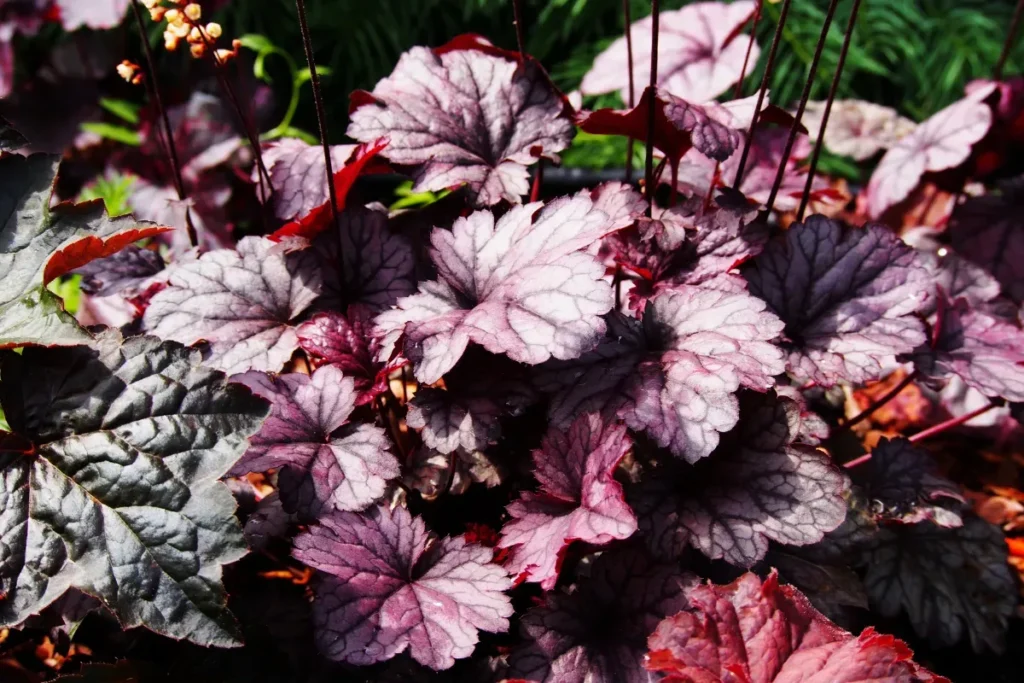
Bergenias, also known as elephant’s ears due to their large, leathery leaves, are tough perennials that thrive in partial shade and tolerate dry conditions once established.
In addition to their foliage, bergenias produce clusters of pink or white flowers in early to mid-spring.
Their evergreen leaves provide year-round interest in the garden, making them a valuable addition to shaded areas.
In conclusion
Creating a vibrant and thriving shade garden is entirely achievable with the right selection of perennial flowers.
By choosing plants that are adapted to lower light conditions and providing them with suitable soil and
moisture levels, you can transform even the shadiest corners of your garden into captivating displays of color and texture.
Whether you prefer the delicate blooms of bleeding hearts or the elegant foliage of hostas, there’s a perennial flower that will flourish in your shaded oasis.
With careful planning and a bit of creativity, your shade garden can become a cool retreat that enhances the beauty of your outdoor space year after year.

